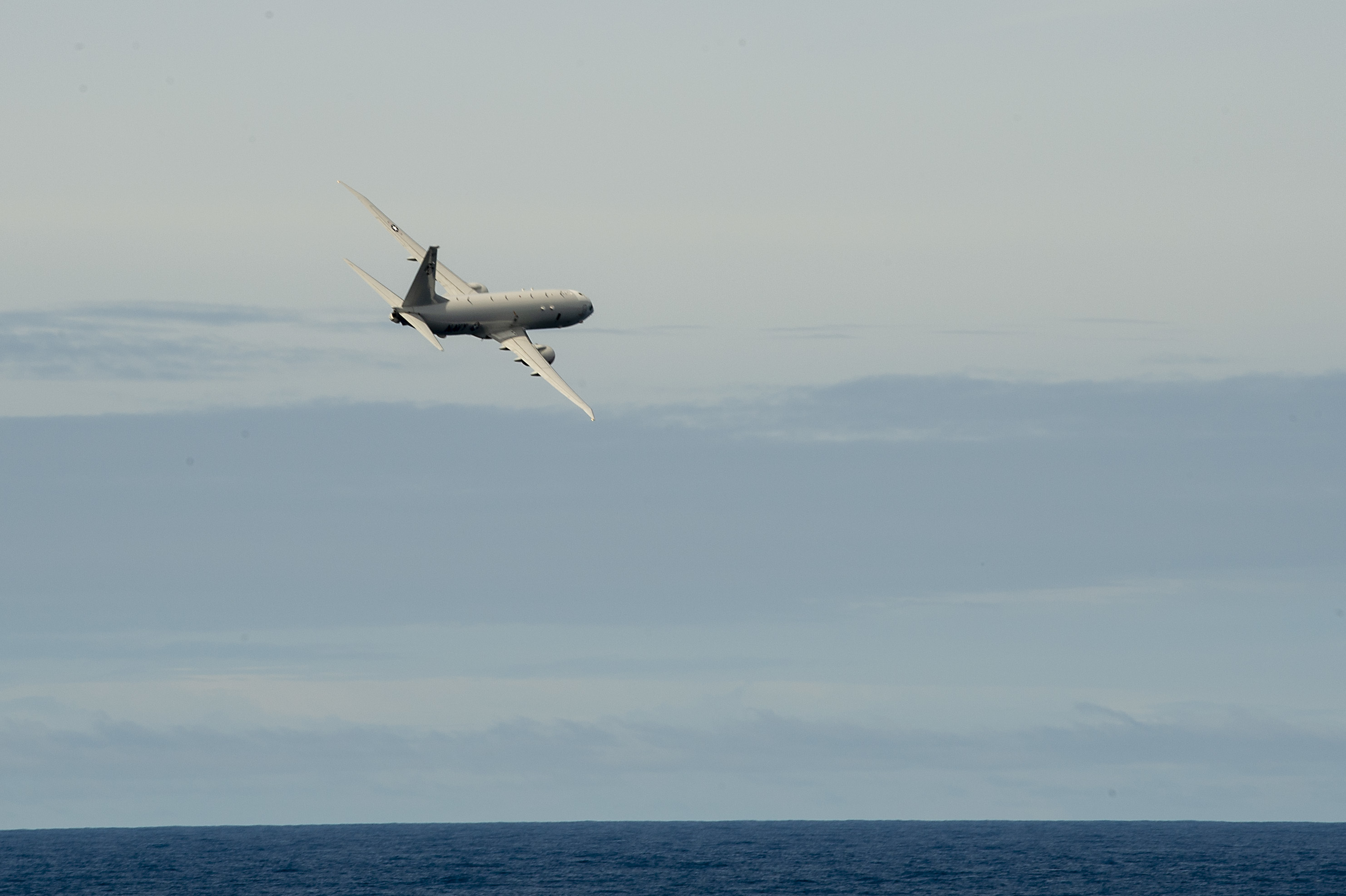Saudi-owned Al Arabiya TV have reported that Saudi Arabia has intercepted two missiles fired at the country by Yemen’s armed Houthi movement.
The attack follows airstrikes by the Saudi military on the Houthi-controlled Yemeni capital, Sanaa.
The Saudi Arabian-led intervention in Yemen began in 2015 to influence the outcome of the Yemeni Civil War. Saudi Arabia, spearheading a coalition of nine Arab states, began carrying out airstrikes in neighbouring Yemen and imposing an aerial and naval blockade in March, heralding a military intervention codenamed Operation Decisive Storm.
The UK is the biggest supplier of arms to Saudi Arabia, and London immediately expressed strong support for the Saudi-led campaign.
Six months into the bombing, Oxfam said the UK was “quietly fuelling the Yemen conflict and exacerbating one of the world’s worst humanitarian crises” by keeping its arms pipeline to Saudi Arabia open; the Campaign Against Arms Trade agreed that “UK arms and UK cooperation have been central to the devastation of Yemen.”
In mid-September 2015, the deputy chief executive of Oxfam complained that the government even refused to reveal to Parliament the details of the 37 arms export licences it had granted for sales to Saudi Arabia since March that year.
The attack on Yemen saw sales of UK bombs for 2015 increase from £9m to over £1bn in three months. Amnesty International and Human Rights Watch have shown that UK arms are being used on civilian targets.












I wonder what it was intercepted with.
Patriot.
Kieron McGlinchey if you read the article they talk about how the UK Government is fuelling the war, how UK arms have been used on civilian targets. However that’s fine because two missiles were intercepted.
The whole of the middle east is a complete mess where UK/US etc weapons are being used to effective enslave the native population so the ruling class can stay in power.
However, i think we have learnt from Iraq/Afgan that trying to impose western standards on countries that are not ready for it, doesn’t work.
You just have to look at how bloody (just how many people died during the english civil war) the transition was in any European country was to understand that the world is more complicated that we would like to think.
What “western standards” are being imposed on Yemen?
Oh God Bless good job
This is the problem with humanitarian campaigners, they see the immediate need but do not consider the situation in its wider context.
The “rebellion” in Yemen is a Saudi versus Iran proxy war. If the Houthi were able to takeover that would effectively give Iran a foothold on the Saudi-Arabian peninsular. The House of Saud is already in a precarious state. Agitation and outright attacks on Saudi (which have already begun) could escalate and lead to the overthrow of the kingdom.
If Saudi imploded that would be an absolute disaster for peace and stability in the whole region and would certainly lead to massive conflict and bloodshed. One does not need to like Saudi-Arabia to want to avoid another Syrian tragedy on a regional scale.
I don’t understand why we didn’t buy some Patriot batteries. The rapier has been out of date for decades they seem like a cost effective replacement, certainly cheaper than CAMM(L) and see to have a greater range.
Do you have any sources for cost figures? I’m surprised to hear that Patriot is cheaper than CAMM(L) because Patriot seems to be an extremely sophisticated high-end system but I speak from a position of total ignorance hence my question.
In comparing costs with CAMM(L) though maybe one does need to remember the c-word (“Common”). As I understand it MBDA did do a pretty good job with commonality between the sea and land versions and RN will be using CAMM(M) extensively so maybe there are some significant costs savings in the logistics/maintenance/etc from that. I’m also not sure how/if/when CAMM(A) might fit into the picture. CAMM is significantly influenced by ASRAAM with a lot of common components but, as I understand it, ASRAAM is not CAMM(A) by another name so is there a genuine CAMM(A) on the horizon somewhere that would further optimize logistics costs?
These missiles obviously came in by sea.
I wonder why the KSA don’t just blockade Yemen?
If they do that then Iranian troops and materiel won’t be able to get in.